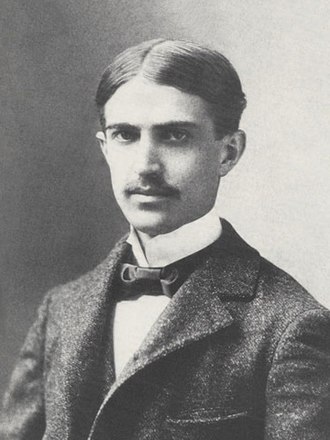 Another vintage magazine I was given in December is a July 1957 issue of Cosmopolitan. I was in kindergarten when this issue came out. Mom did not buy Cosmo, preferring the more homey Women's Day, Family Circle, McCalls and Coronet.
Another vintage magazine I was given in December is a July 1957 issue of Cosmopolitan. I was in kindergarten when this issue came out. Mom did not buy Cosmo, preferring the more homey Women's Day, Family Circle, McCalls and Coronet.Articles include "Princess Grace: Her Duties, Her Obligations;" "Nobility at Play Around the World;" and "The International Set--Who They Are and What They Do." There are also five stories and a murder mystery novel!
The cover story was on Grace Kelley, the beautiful actress who married Prince Rainier of Monaco.
The article asks, "What's it like to be a princess? Brushing up on her Philadelphia convent French, running a household staffed with 250 servants, playing hostess to foreign dignitaries, and being a mother are all part of Princess Grace's job."
The article includes a summary of typical her activities and photographs of Grace in her glamouros surroundings.
After the reader drooled over Grace, she saw an ad for a "An Affair to Remember." Movies mentioned in the movie guide include "Around the World in 80 Days", which I saw and never forgot; "Designing Women"; "Gun Fight at the O. K. Corral"; "Heaven Knows, Mr. Allison"; "The Ten Commandments"; "Desk Set"; "Twelve Angry Men"; "The Spirit of St. Louis"; "Saint Joan"; "Island in the Sun"; and "Funny Face". What a golden age of cinema!
If Princess Grace did not offer riches enough to lust after, the articles on the International Set and Nobility at Play would certainly fulfill that need. Marlene Dietrich, Aristotle Onassis, opera theaters, yachts, and "ennui escape" all appear in the articles. And fashion and food.
Audrey Hepburn and Mel Ferrer in their farmhouse near Rome. Audrey was the daughter of Dutch Baroness Ella van Heemstra. Later in life Audrey became involved with humanitarian efforts. In this article she is touted as hobnobbing with Roman nobles.
"Nobility" included Queens, artists, and heiresses as well as Europe's "ancienne noblesse." Gloria Vanderbilt, Queen Soraya of Iran, Aly Khan, Peggy Guggenheim, Elsa Maxwell, Begum the wife of Alga Khan (and one time fashion model) appear with Noel Coward, Brigette Bardot, Claire Bloom (appearing in Charlie Chaplin's "Limelight") and the Duke and Duchess of Windsor.
An article on the Dominican diplomat Portfirio Rubirosa, "the darling of the international set and the scandal sheets" includes pages of photos of his five wives, including Barbara Hutton, and of his girl friends. The article states that "he has been hated by some of the best husbands in the world. Twice he has been named co-respondent in divorce suit...twice challenged to duels...once he was nearly killed by a woman who caught him with another woman...he was shot from behind in the streets of Paris." He makes Don Draper sound downright domestic.
His motivation for marriage is questioned. "I am not a millionaire. Most men's ambition is to save money. Mine is to spend it."
"What Makes Rubi Run?" The writer tried a Freudian explanation of the lady-killer as a man unsure of his own masculinity.
Both Grace Kelley and Portfirio Rubirosa died in car crashes.
The Cosmo reader of 1957 also had fictitious love stories to enjoy. "For Better or Worse" by Harriet Pratt is about a gal who marries a 'bad boy'. "Sisters of Divorce" by Stephen Birmingham concerns siblings talking about "what divorce had done to one of them." The warning is that "men swarm around divorcees...but don't marry them." "A Romantic Courtesy" by John MacDonald is about a man who meets the woman who had rejected him, and "The Lucky Strike" by Baird Hall is about a woman out to catch a man.
"Forever" by Harry M. Montgomery was a different kind of story all together. A doctor's life's work seems for naught when he reads that Salk has conquered polio before him. Then it appears his serum has revived dead animals... Sadly the last pages of the magazine are MISSING and I will never know what happened! I can find nothing about the story or the writer, and it appears he never had another story in Cosmo.
I love this ad was for Heritage Books. I always thought the books on one's shelves said a lot about them. And perhaps even one's magazines as well.




































